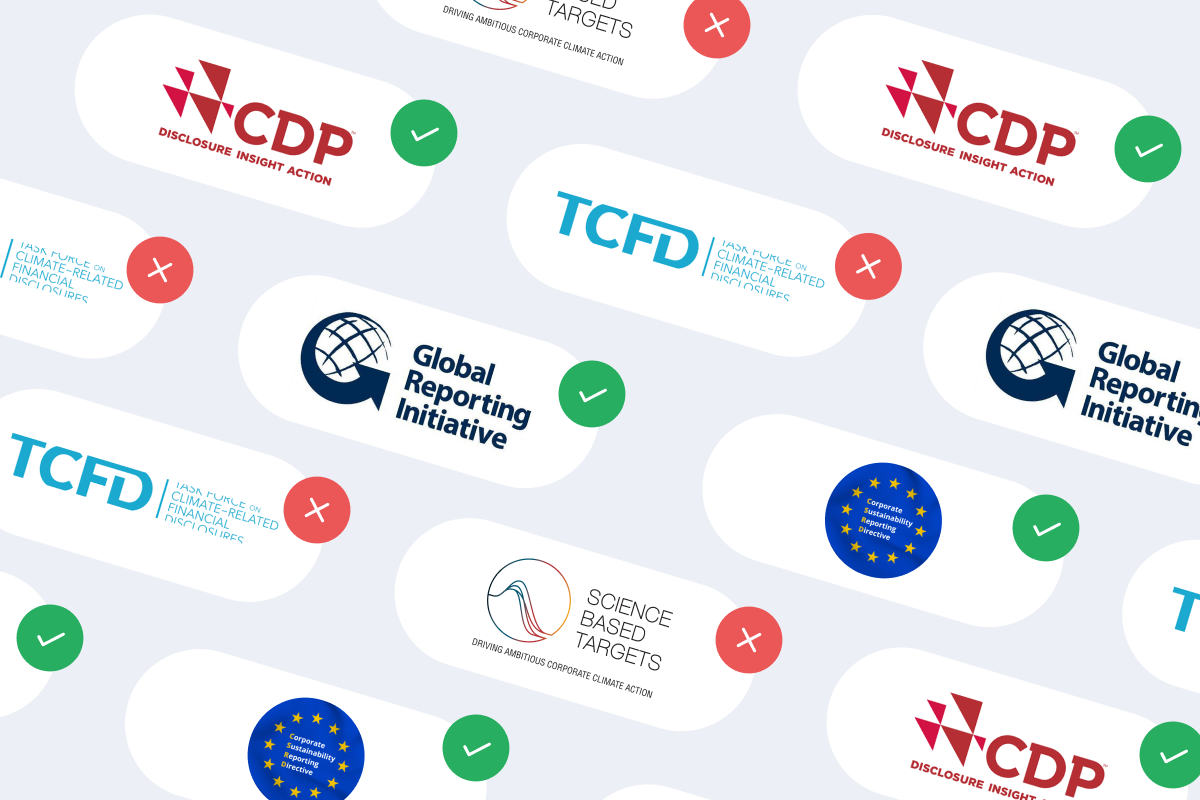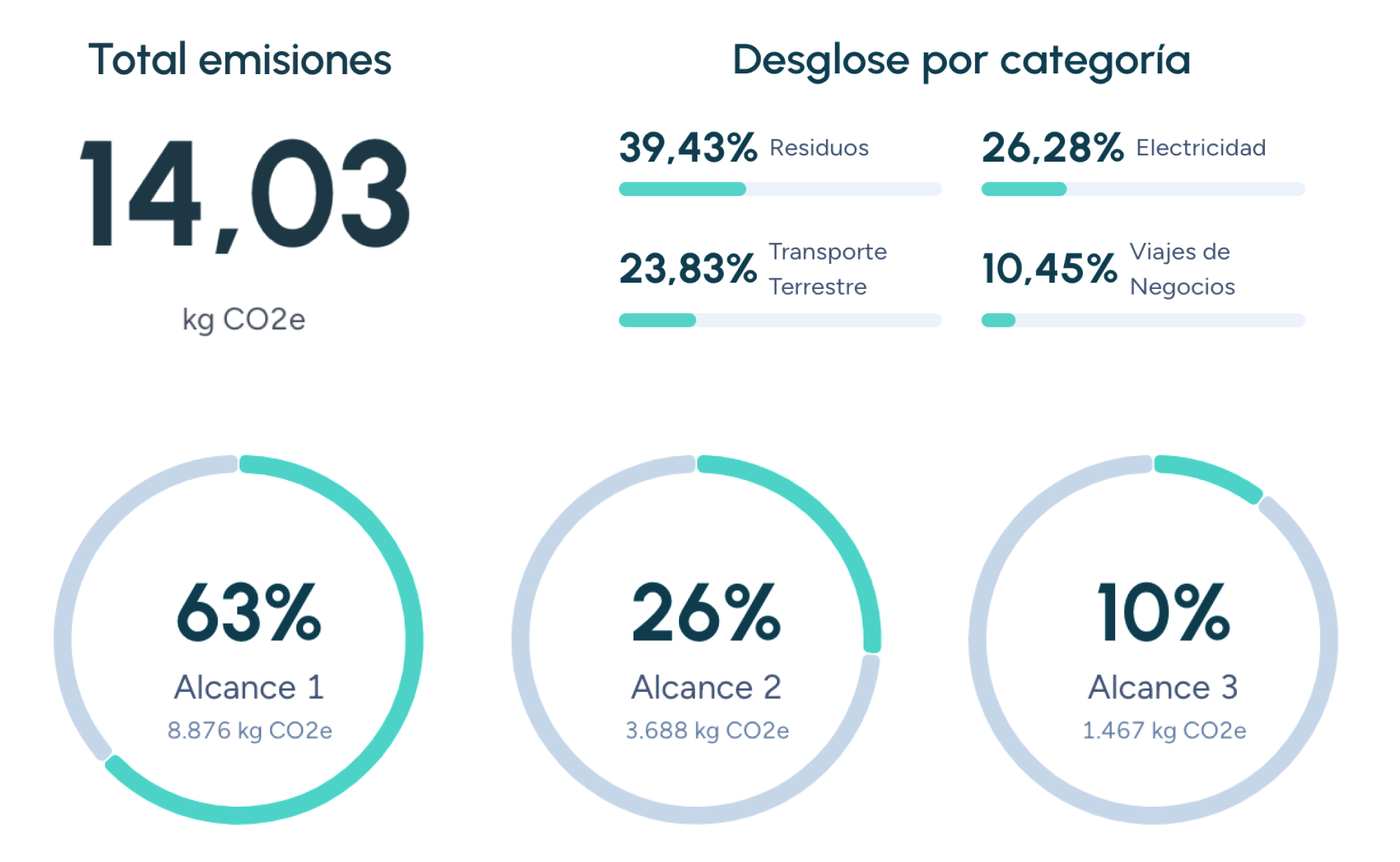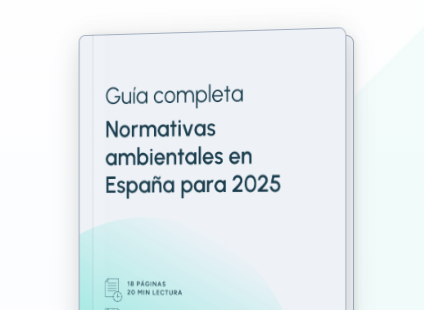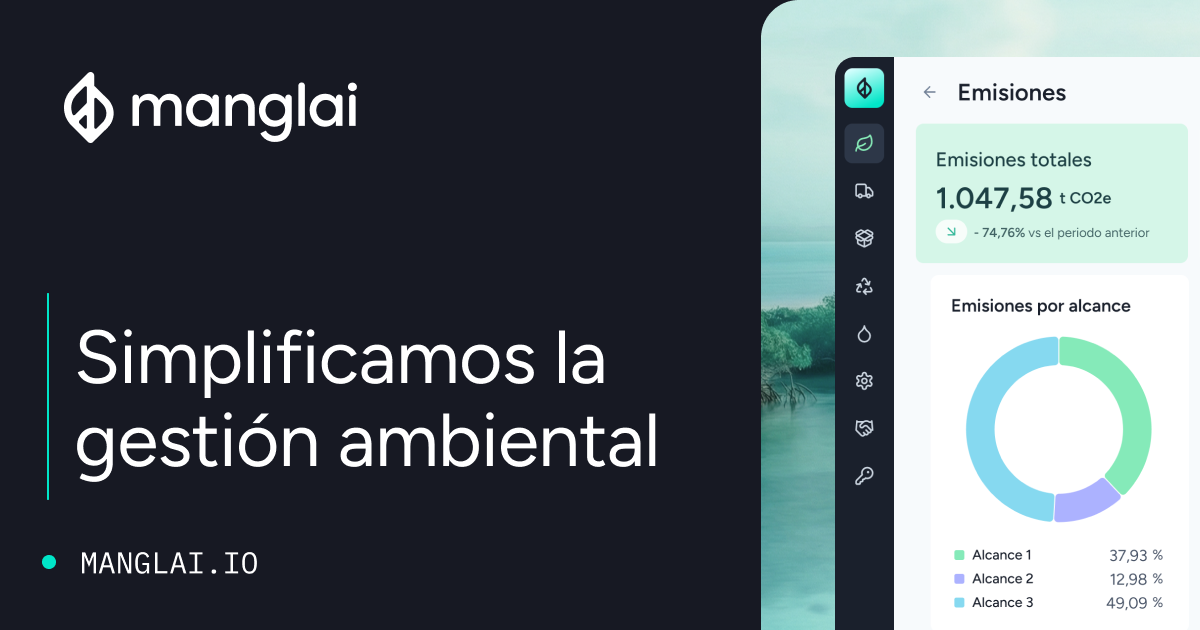C
Carbon Leakage
Carbon leakage is a phenomenon in which greenhouse gas (GHG) emissions shift from a region with stricter environmental regulations to another with more lenient standards.
This occurs when industries relocate part of their production processes to countries or regions with less demanding climate legislation in order to avoid the costs associated with emission reductions.
Why Does Carbon Leakage Occur?
- Regulatory differences: When a country imposes carbon taxes or emission trading systems, energy-intensive industries may move to regions without such costs.
- Competitiveness: Manufacturing sectors seek to maintain or improve their competitiveness in global markets.
- Production costs: Cheaper energy or labor in countries with weaker environmental rules can incentivize relocation.
Consequences of Carbon Leakage
- Reduced climate effectiveness: Even if one country lowers its emissions, overall global emissions may rise elsewhere.
- Market distortions: Companies that remain in regulated regions face competitive disadvantages compared to foreign producers not subject to similar costs.
- Difficulty meeting global goals: The Paris Agreement aims for a worldwide reduction in emissions, but carbon leakage undermines these collective efforts.
Mechanisms to Prevent Carbon Leakage
- Carbon Border Adjustment Mechanism (CBAM): Implemented by the EU to impose a carbon cost on imported products based on their embedded emissions.
- Subsidies or temporary exemptions for carbon-intensive sectors to maintain competitiveness during the transition.
- International agreements: Promoting policy alignment among countries to avoid regulatory imbalances.
Examples and Most Affected Sectors
Industries such as steel, cement manufacturing, and chemicals face the highest risk of carbon leakage due to their high energy consumption and emission levels.
Role of Innovation and the Circular Economy
Adopting clean technologies and transitioning toward circular economy models help reduce carbon footprints and minimize the risk of leakage. Investment in R&D and tax incentives for low-emission solutions are key strategies.
Carbon leakage remains one of the main challenges in the fight against climate change. International cooperation, the implementation of mechanisms like the CBAM, and a strong commitment to industrial innovation are essential to achieving a fair and effective global decarbonization process.
Companies that trust us

Climate Adaptation
Discover what climate adaptation is, which strategies exist, what regulatory frameworks drive it, and which examples stand out in Spain and Europe in response to climate change.
Climate Impact
Climate impact refers to the direct or indirect effect that an activity, product, service or policy has on the Earth’s climate system, primarily through the emission or absorption of greenhouse gases (GHGs).
Climate change
Climate change is a global warming phenomenon caused by the increase in greenhouse gas emissions, leading to significant environmental and social consequences and requiring mitigation and adaptation efforts at a global level.
Guiding businesses towards net-zero emissions through AI-driven solutions.
© 2025 Manglai. All rights reserved
Política de Privacidad


